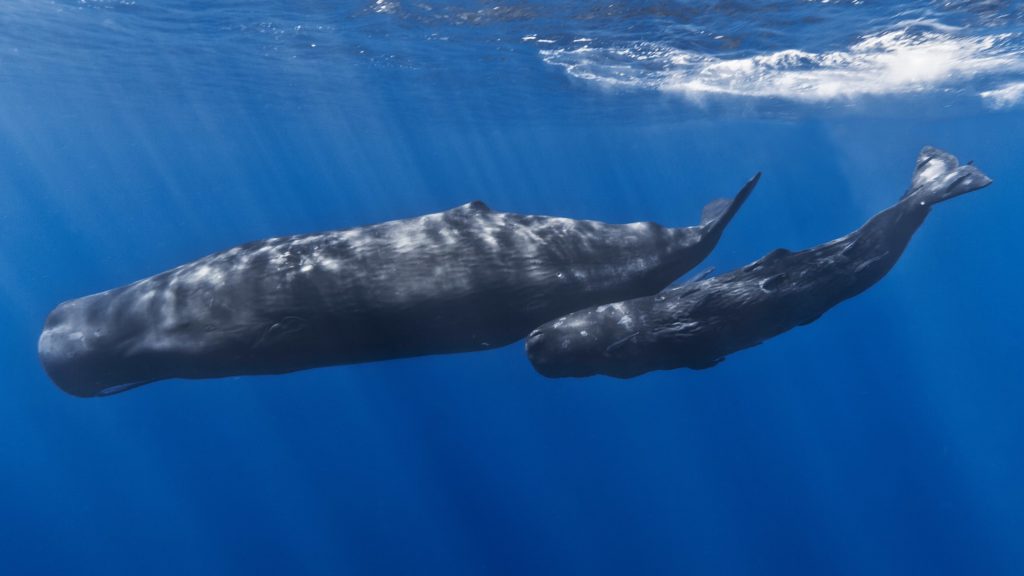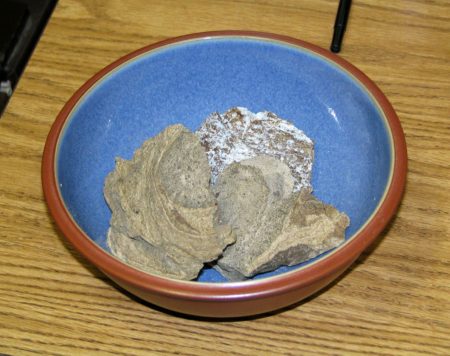Turning poop into perfume
by Scott Dutfield · 24/10/2020
There’s a secret scent in your favourite fragrance that started life as a smelly lump of whale ambergris

When walking along the beach, if you’re really lucky you might be able to find a waxy white substance that is nearly as valuable as gold. It’s called ambergris, and we have used it throughout human history as a perfume scent, in traditional medicines and even as a spice. But the origin of ambergris was shrouded in mystery for thousands of years until researches realised it is actually a clump of sperm whale faeces.
Sperm whales have an insatiable appetite. They can gobble down up to a ton of food every day, and included in their behemoth banquet are squids. Although most of a squid’s body is soft and fleshy, they have thorny beaks that sperm whales are not able to digest. They are usually vomited back into the ocean every few days to protect the whale from trying to pass the sharp edges through their intestines. However, an estimated one in 100 sperm whales are not so lucky. For these whales, some of the beaks get stuck. As faeces, intestinal worms and squid eyeballs accumulate the debris becomes a sticky brown blockage. The whale’s sphincter is not designed to pass solid faeces and it gets stuck. Whales can survive several years, or even decades with the blockage, but eventually the creature can die – either from other causes or, if the ambergris becomes too large, due to the rupturing of the intestinal walls.
As the carcass is eaten by other marine animals the mass is released into the ocean. It will float for years on the surface of the water, and sunlight, salt water and bacteria will cause chemical changes within the ambergris that clean and dry it. This process causes the ambergris to form a pale grey or yellow colour and possess the light, distinctive scent of ambergris.
Ambergris in perfume
Despite its rather disgusting origins, ambergris is still used in perfume today. It is valued because of its unique smell and its suitability as a fixative, which make scents linger longer and intensify the aroma of the perfume. The distinctive aroma is described as a sweet marine musk, which is caused by the active ingredient triterpene alcohol ambrein. Obtaining the ambergris is not easy, and perfume manufacturers have to rely on buying pieces that are found on beaches or inside fishing nets. In fact, it’s so rare that one gram of the stuff is estimated to cost around $20 (approximately £15) per gram, perhaps more.
Although many synthetic versions of this chemical are used in modern perfumes, high-end manufacturers (including famous names such as Chanel and Givenchy) continue to use ambergris because of its classic and historical qualities.

This article was originally published in How It Works issue 122, written by Charlie Evans
For more science and technology articles, pick up the latest copy of How It Works from all good retailers or from our website now. If you have a tablet or smartphone, you can also download the digital version onto your iOS or Android device. To make sure you never miss an issue of How It Works magazine, subscribe today!




